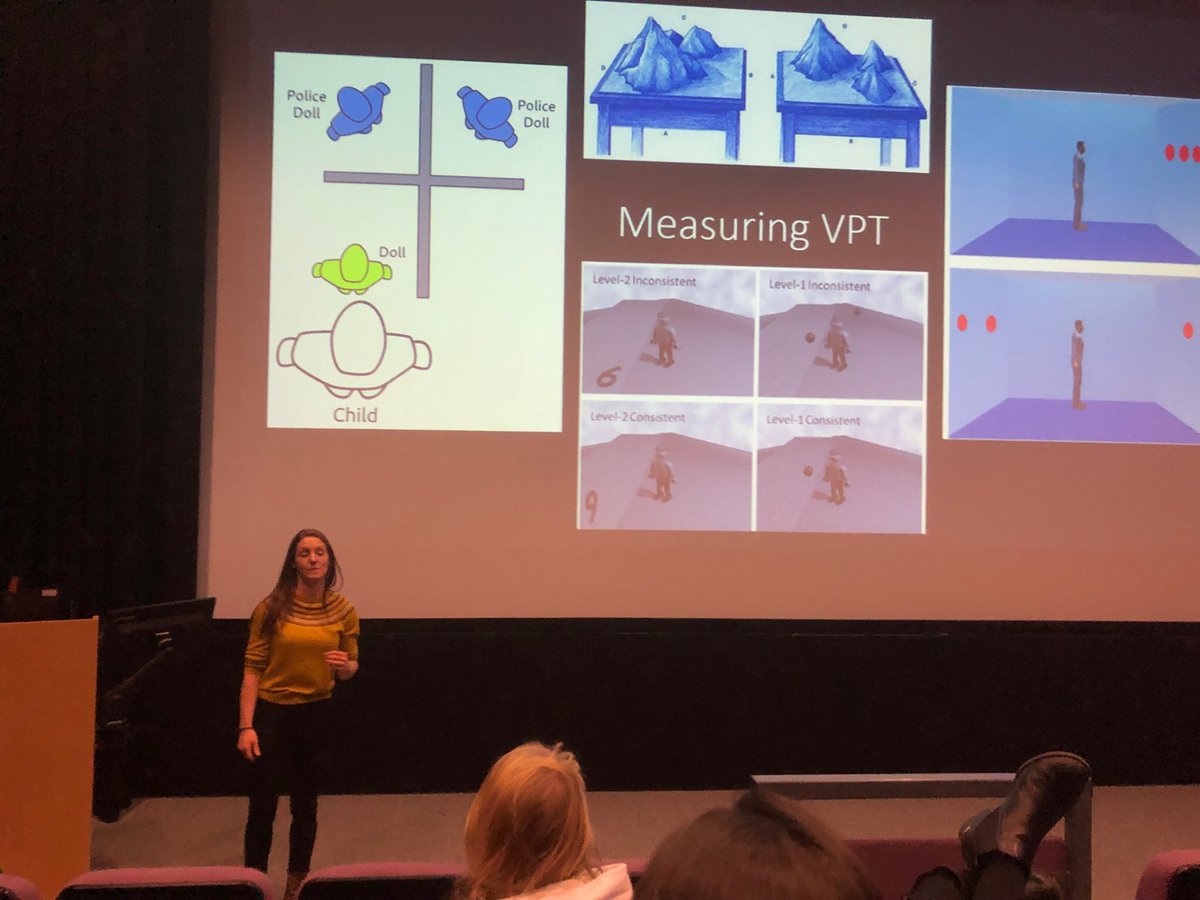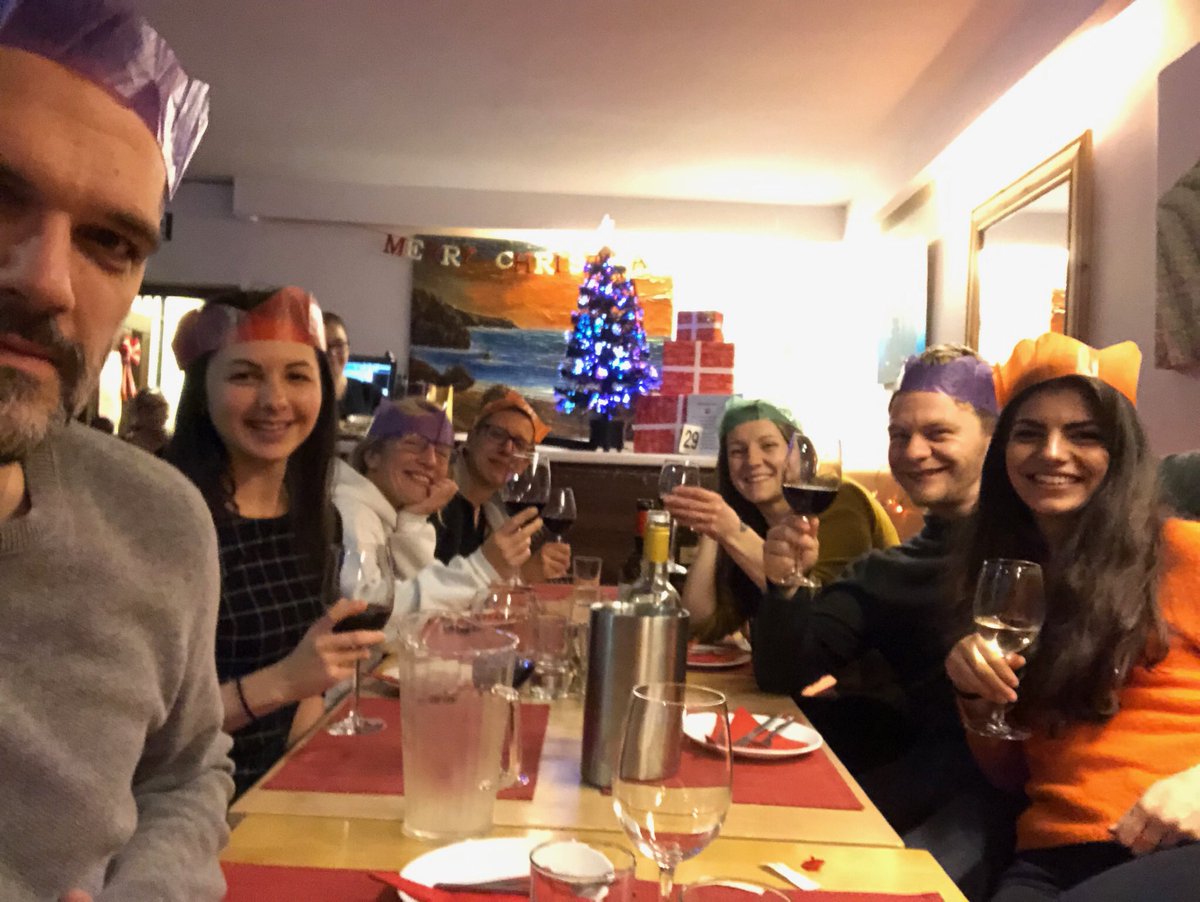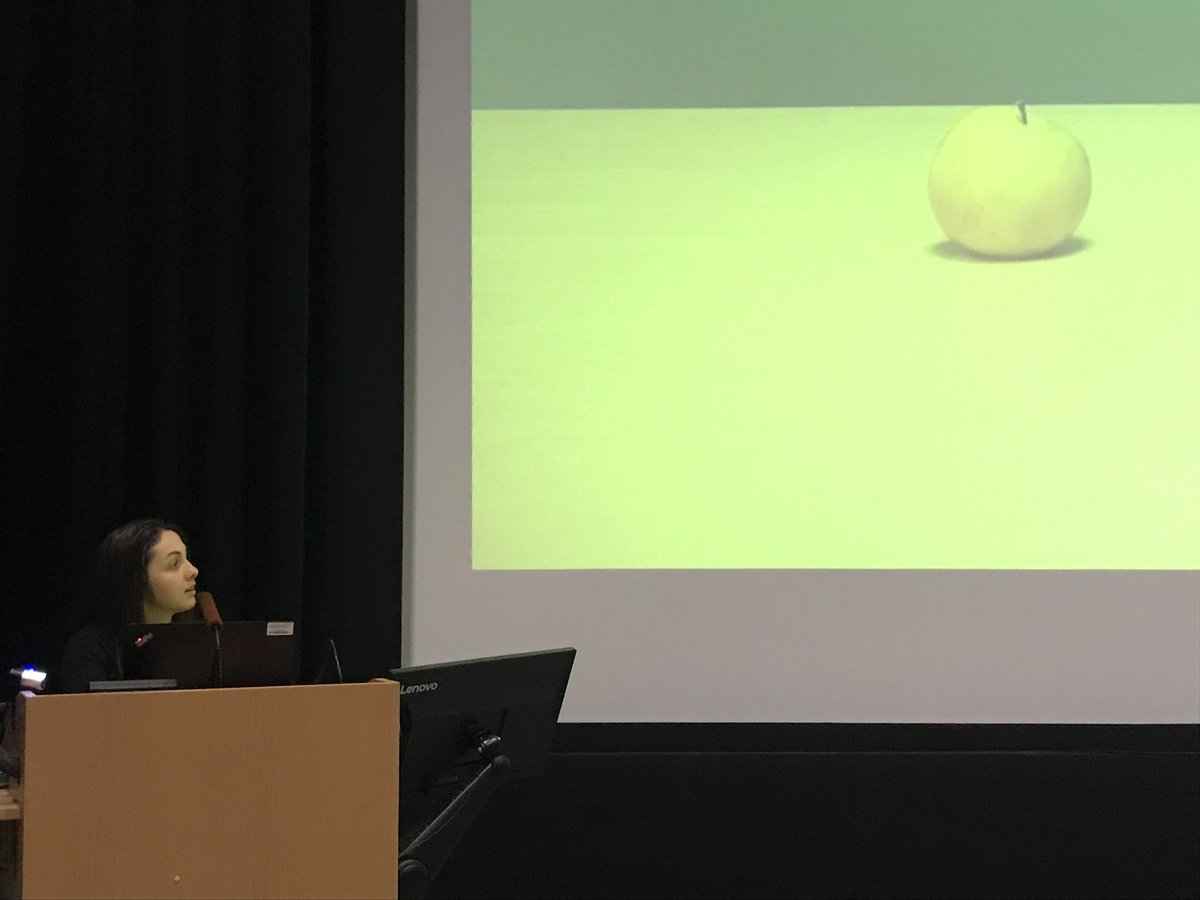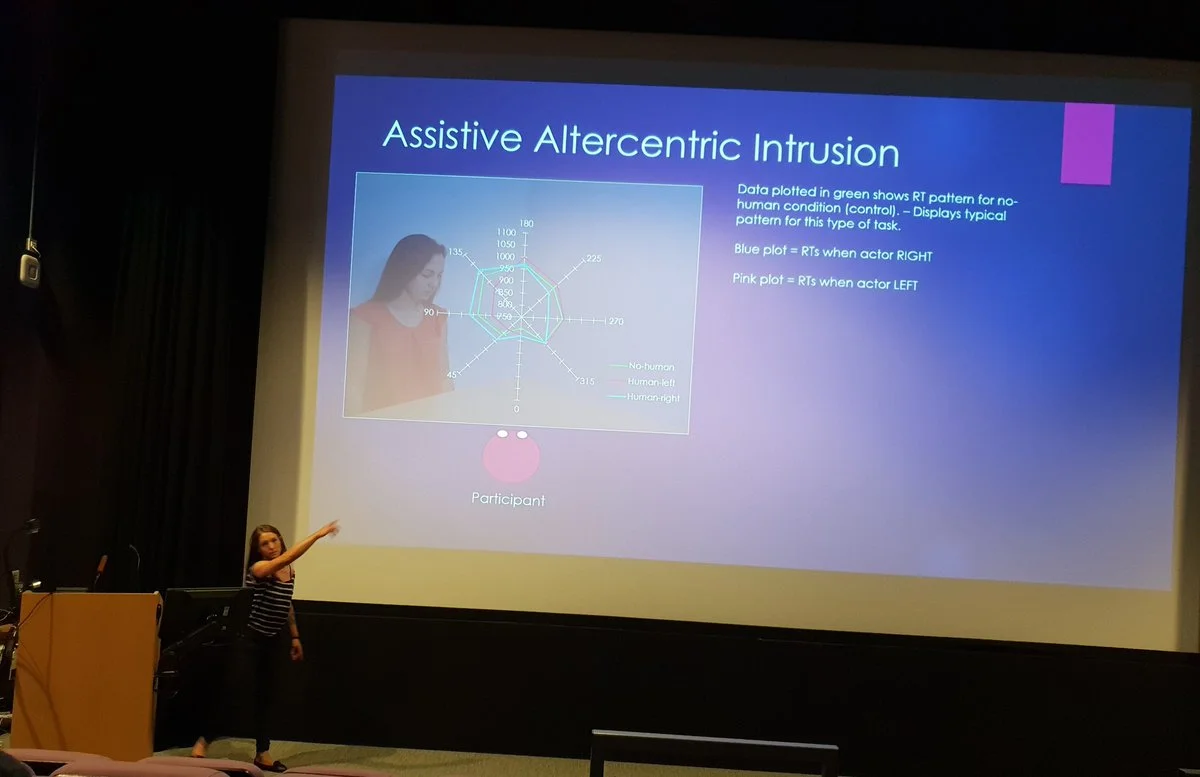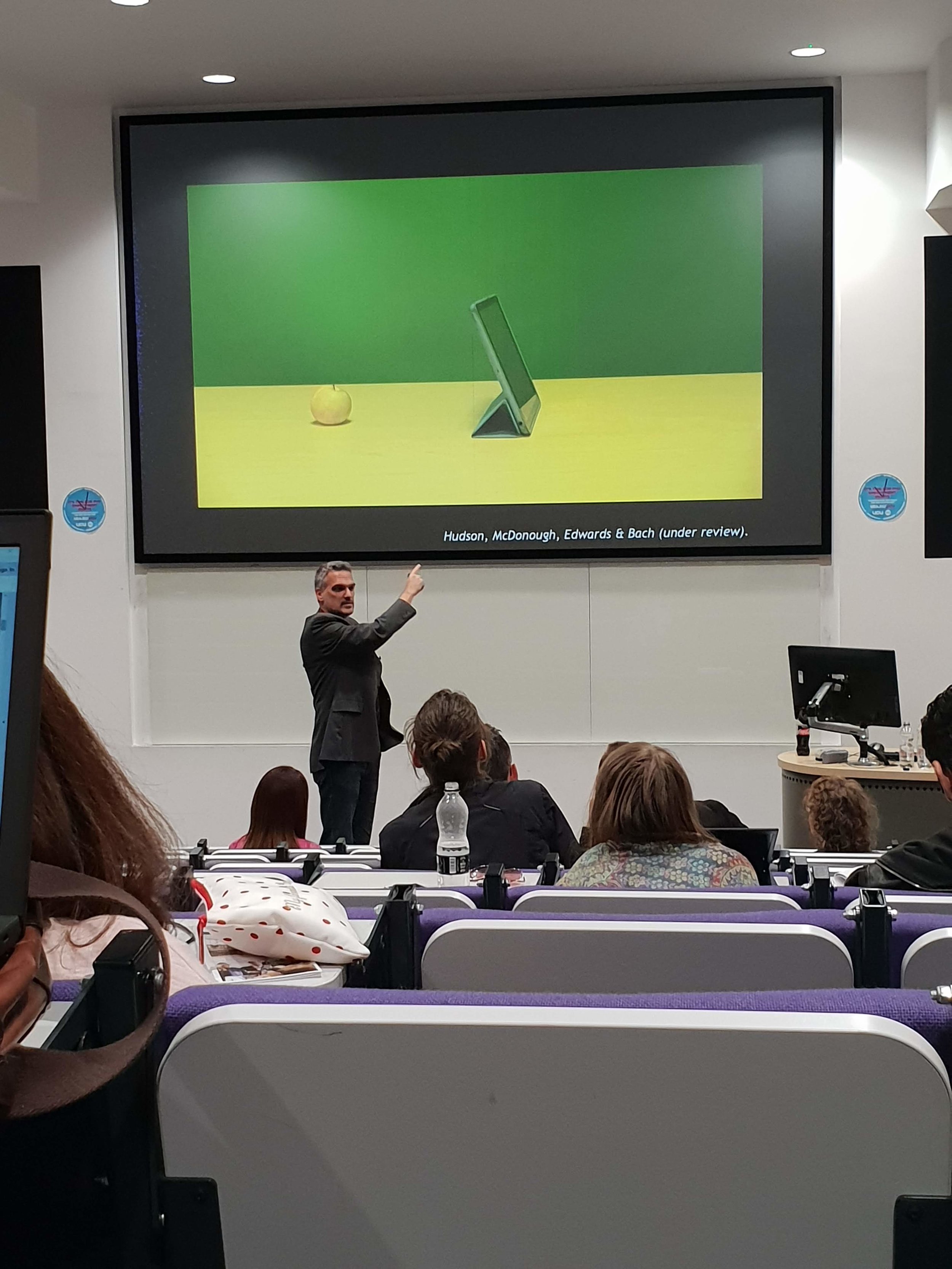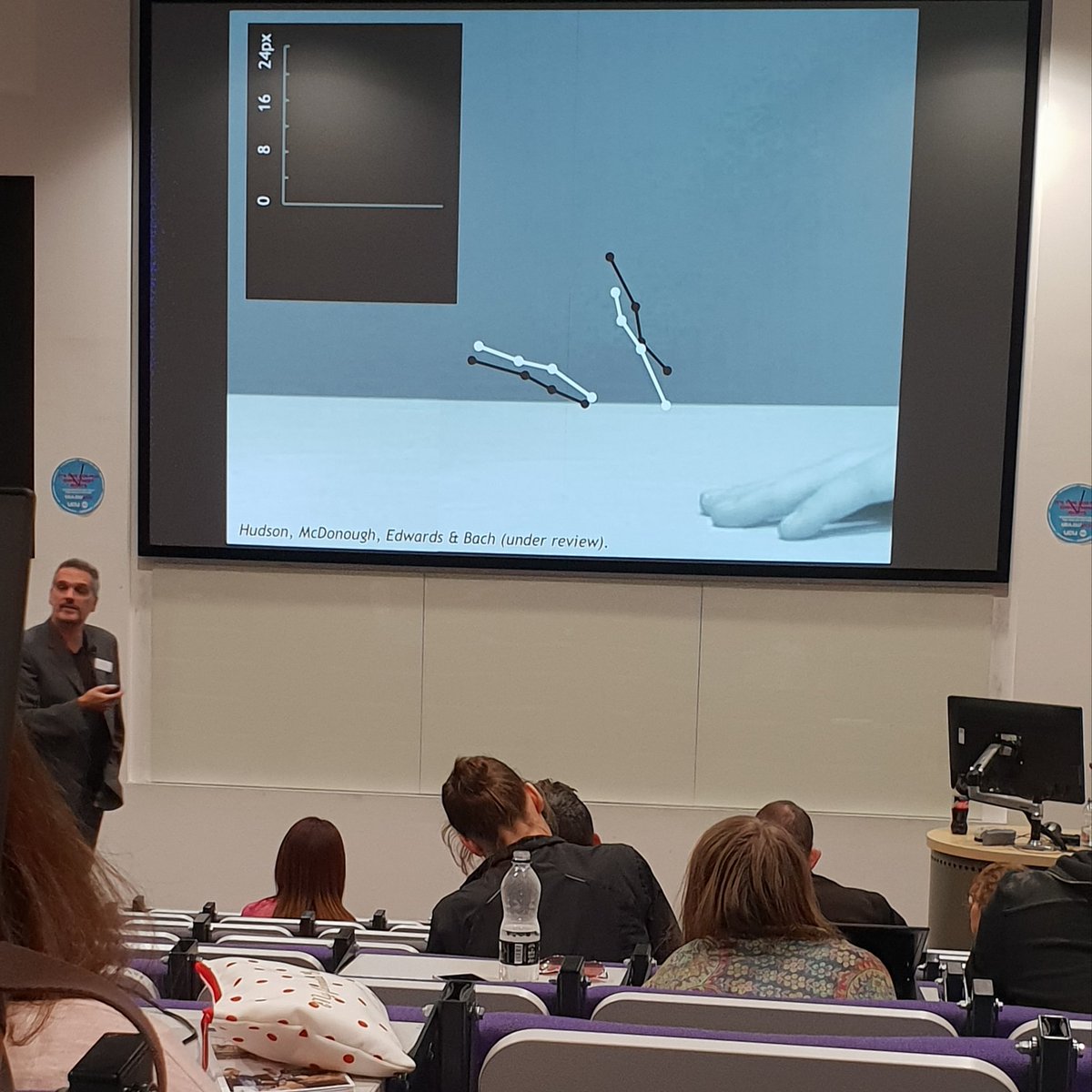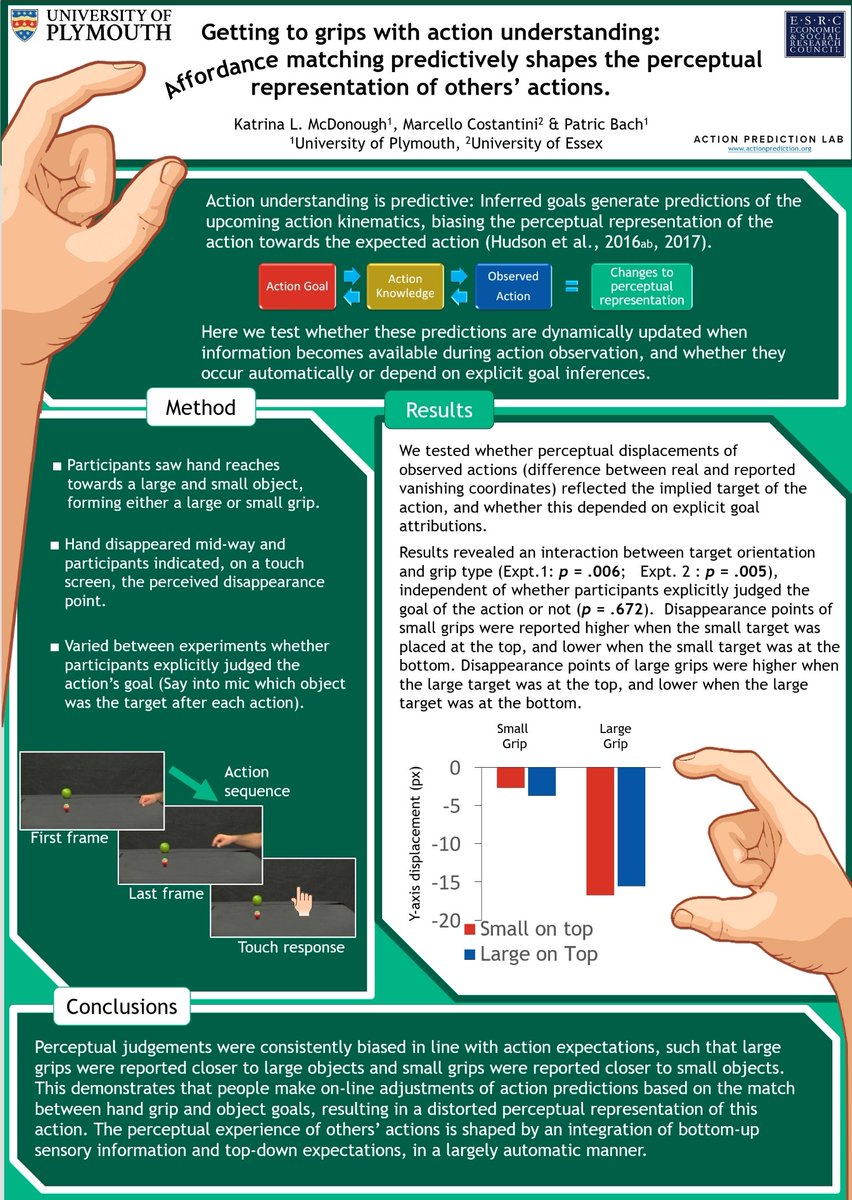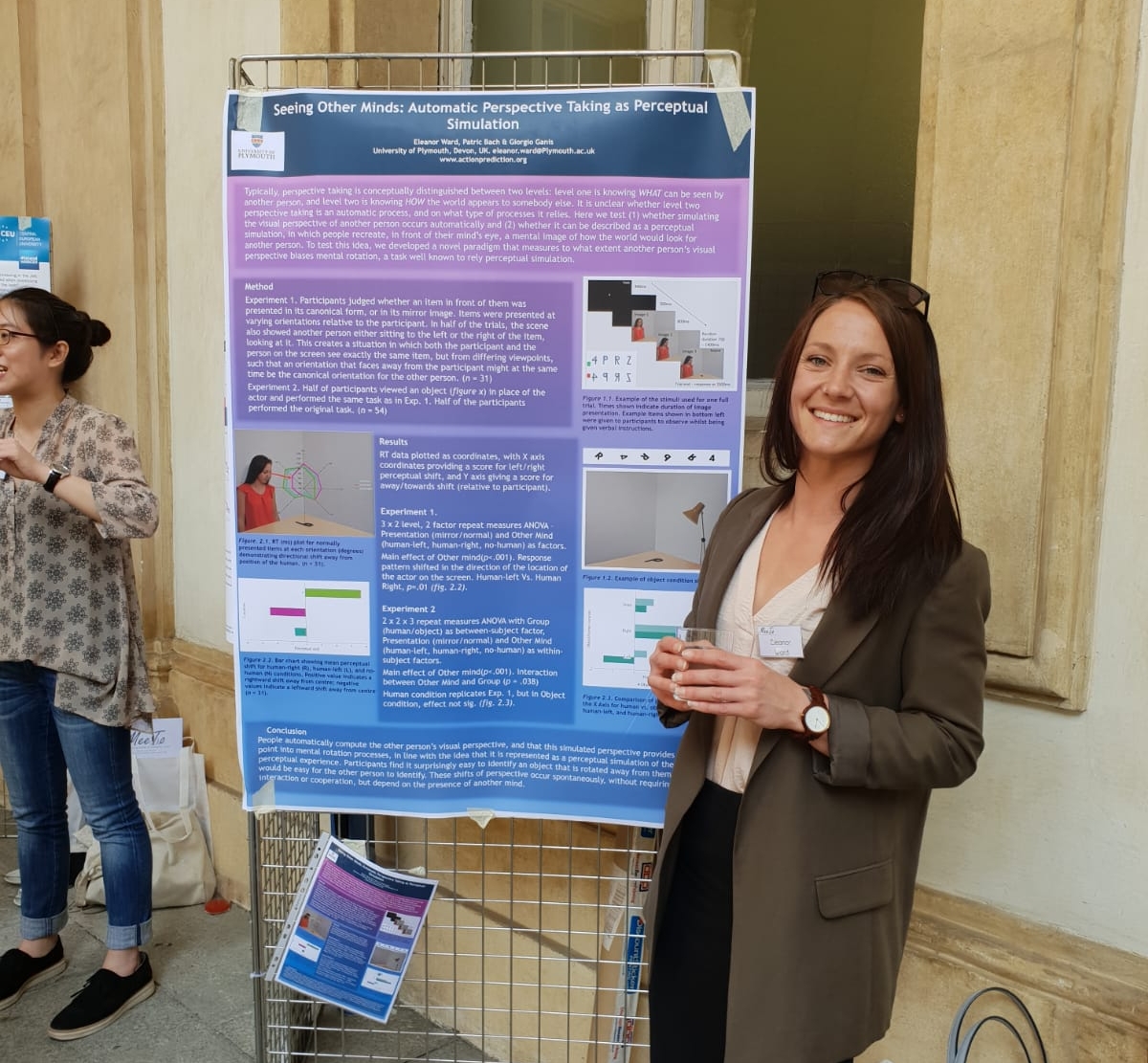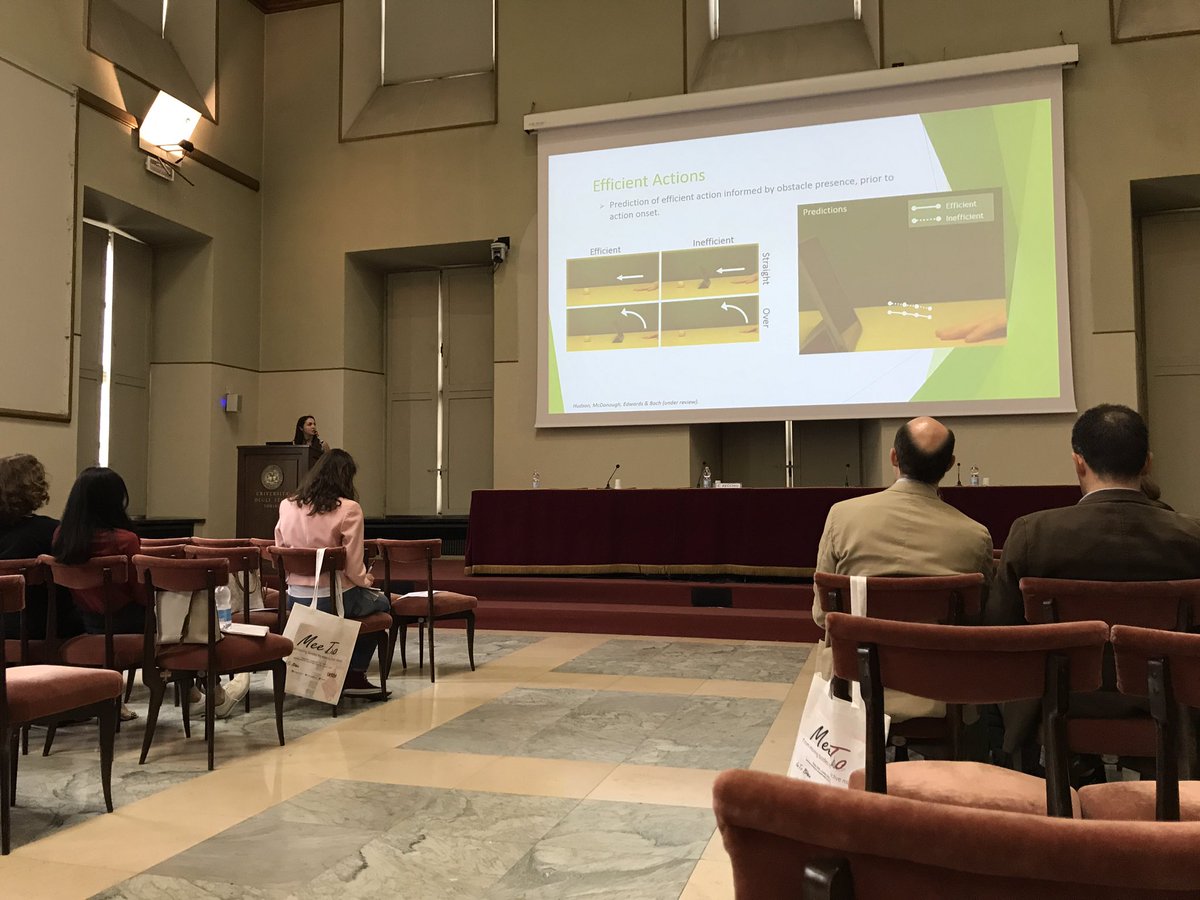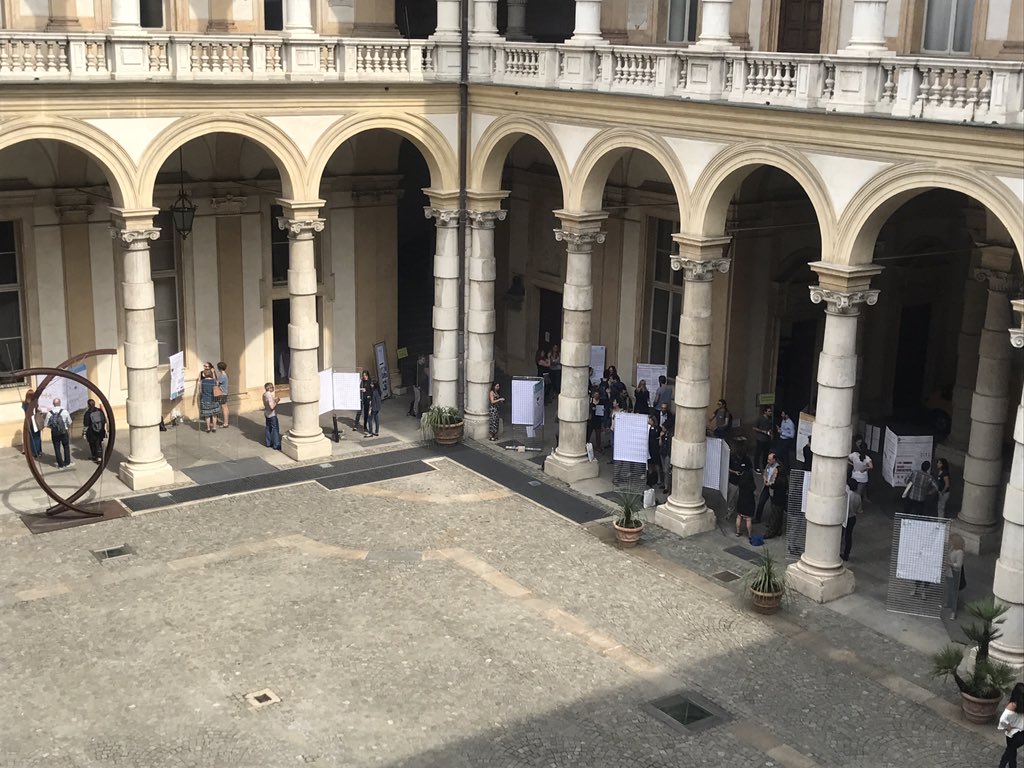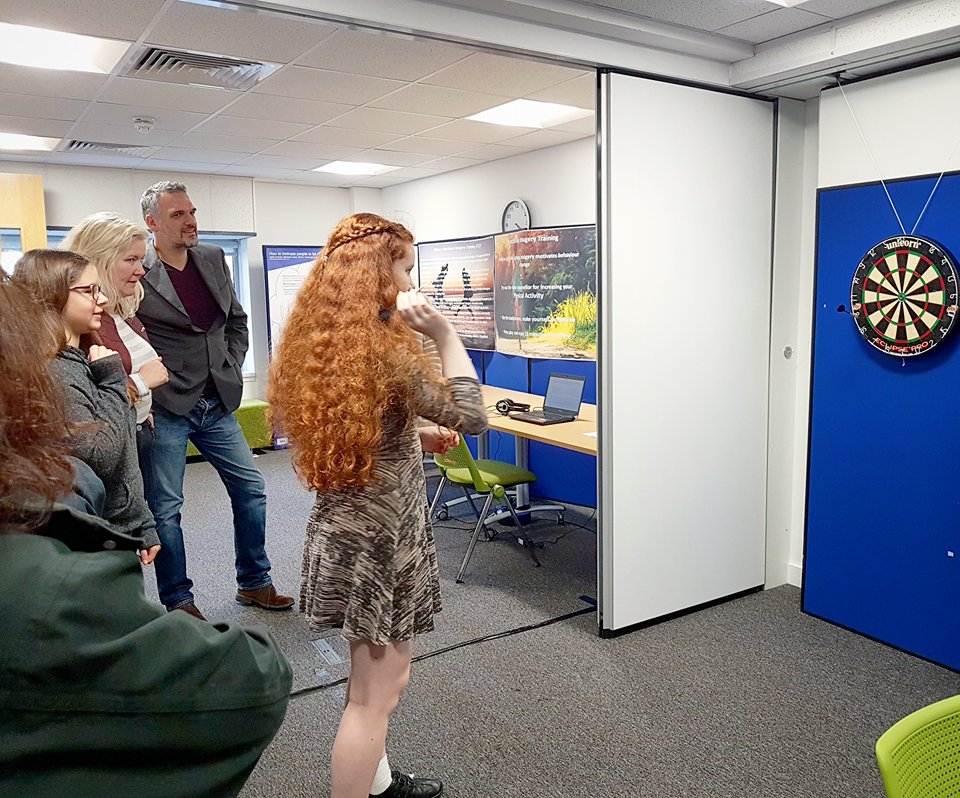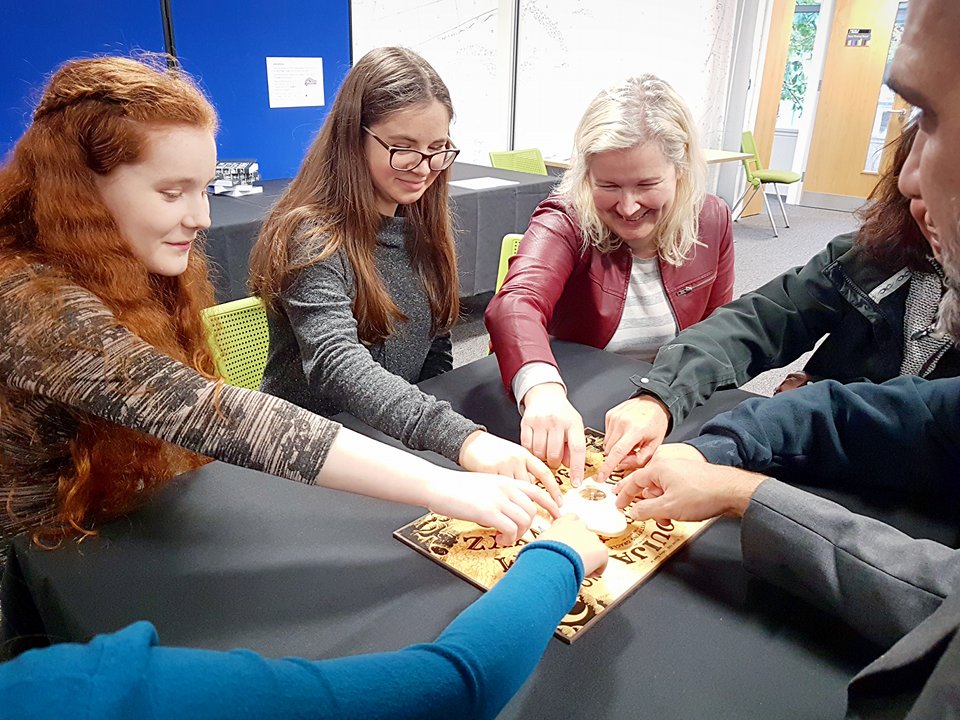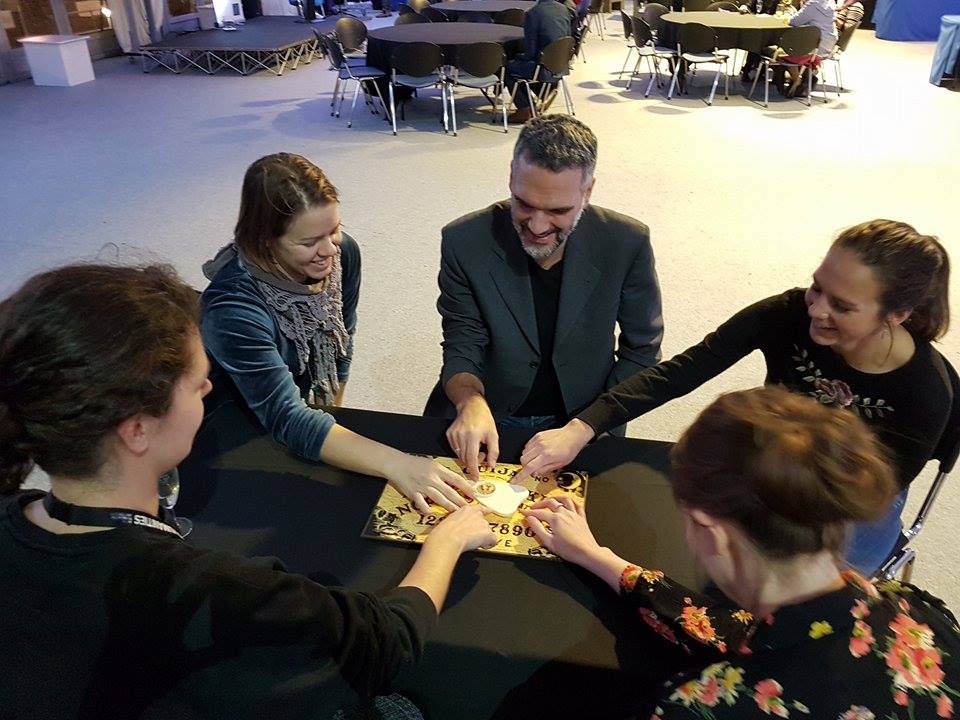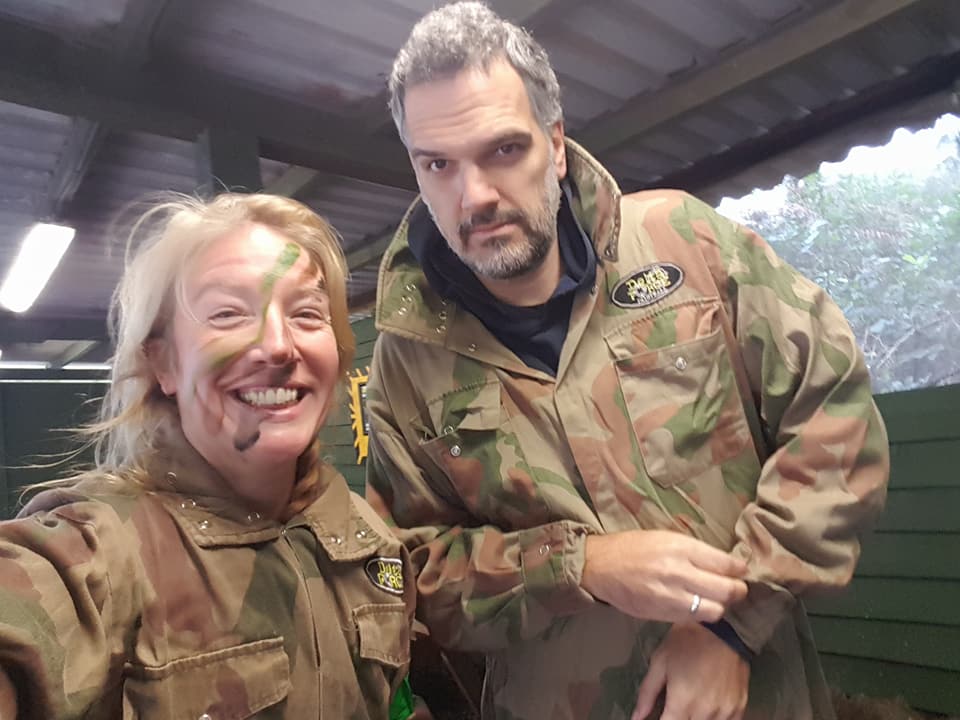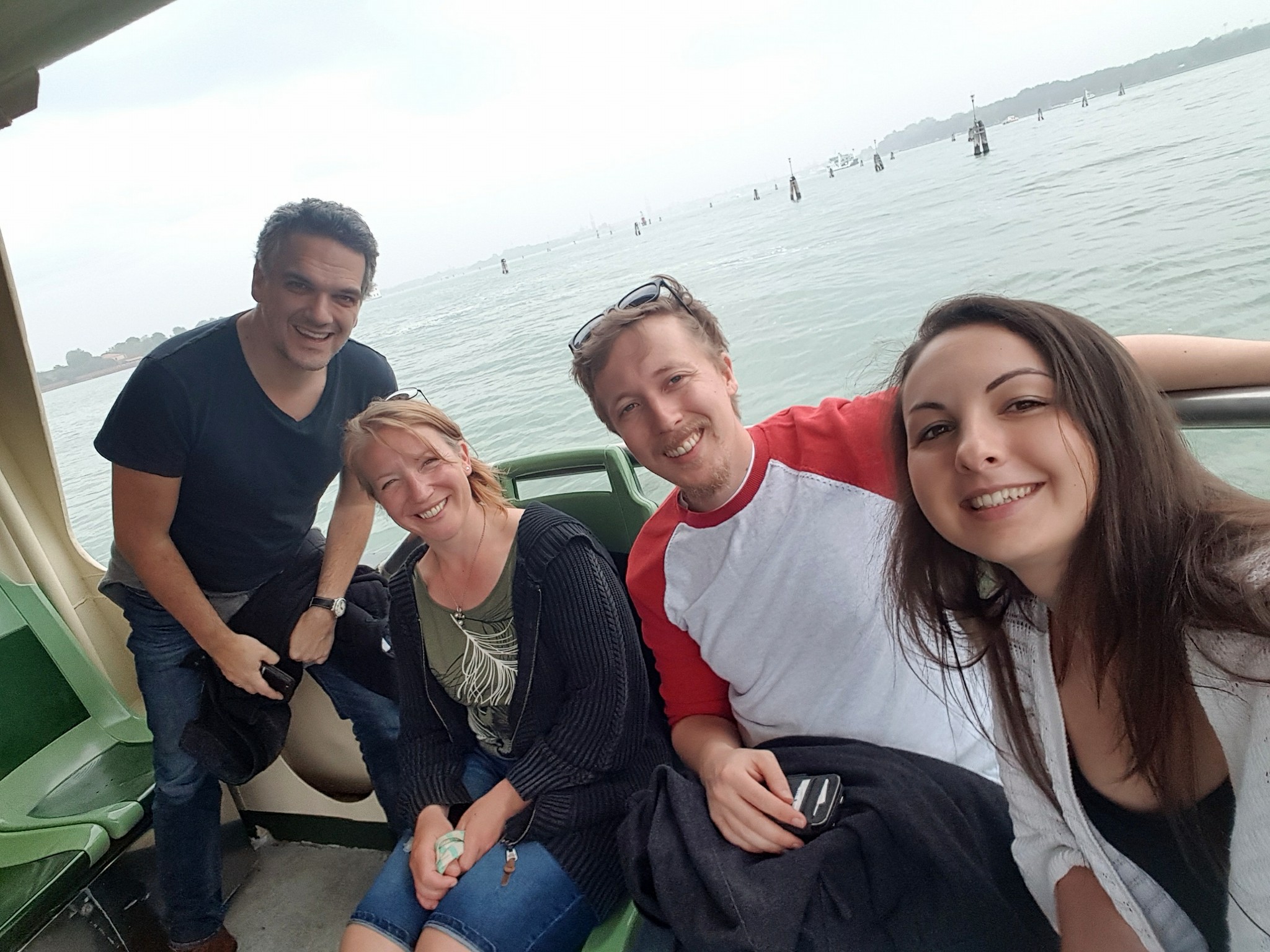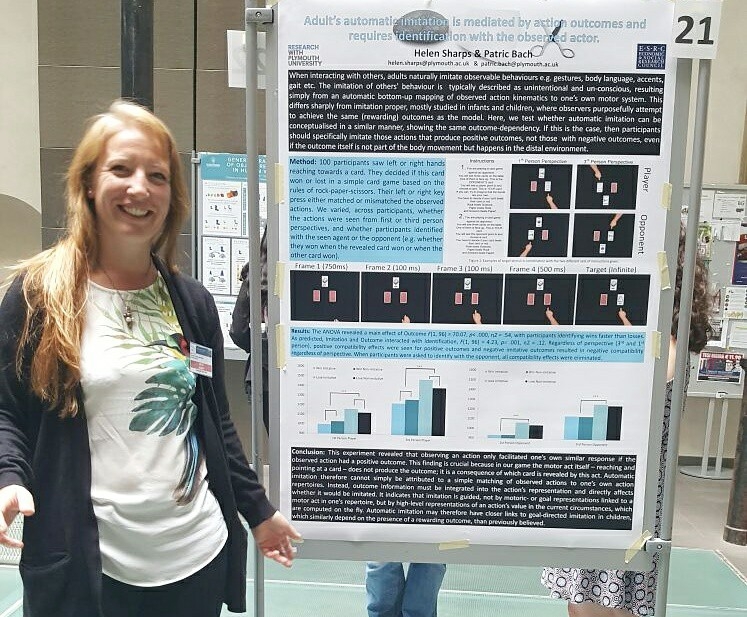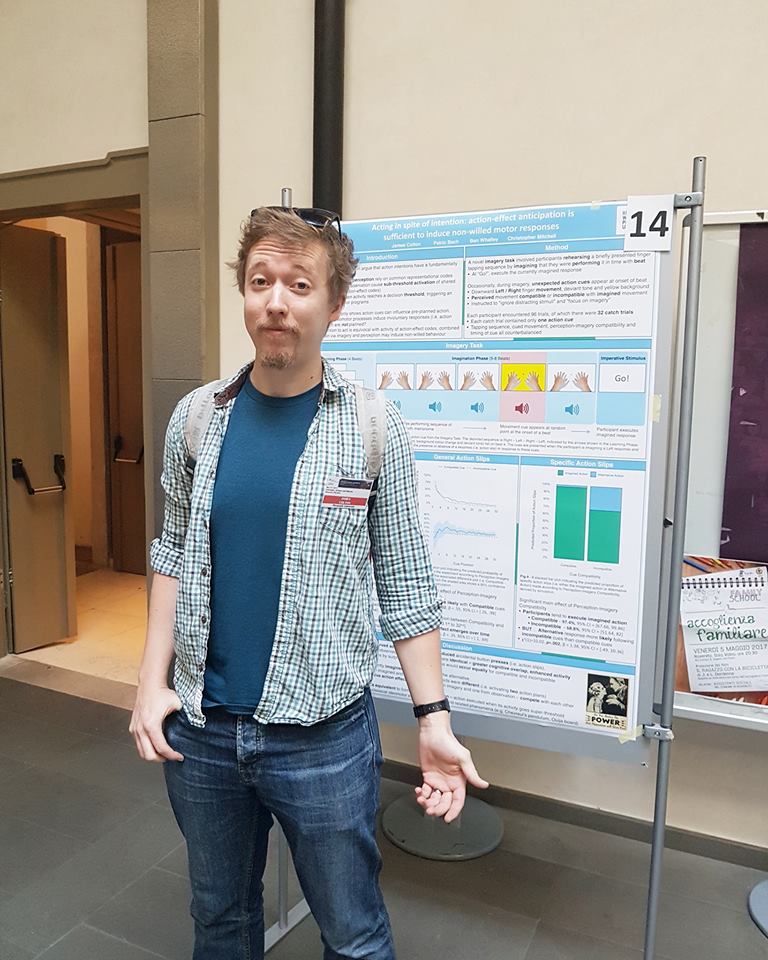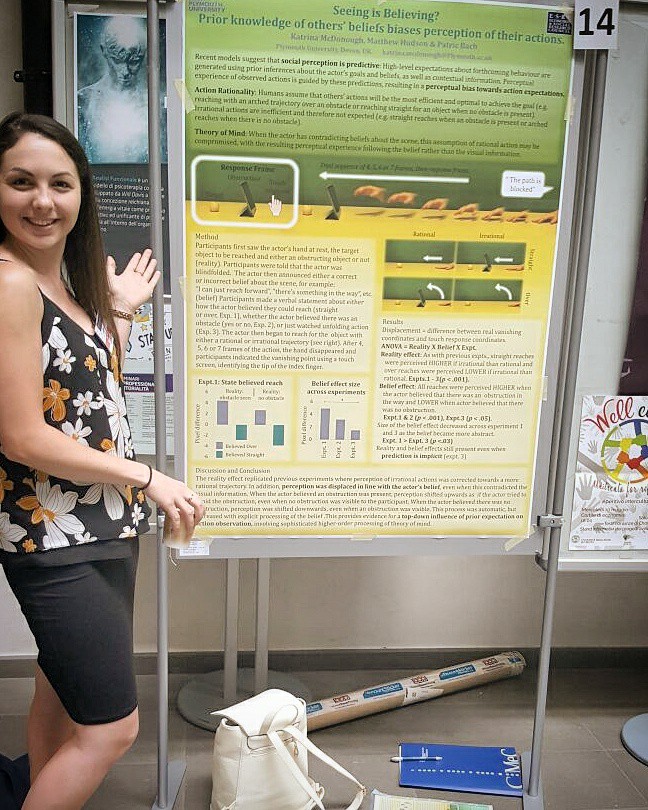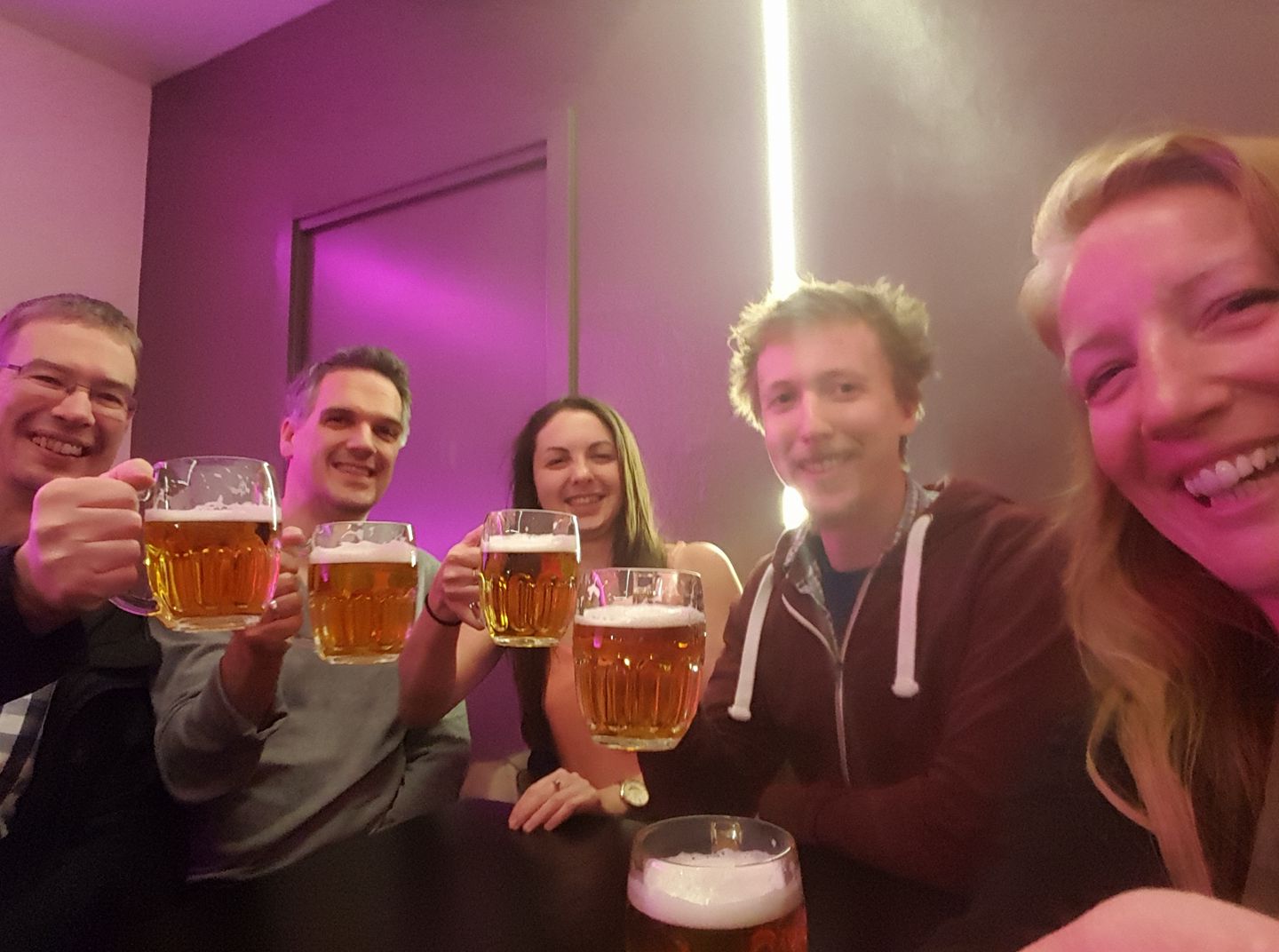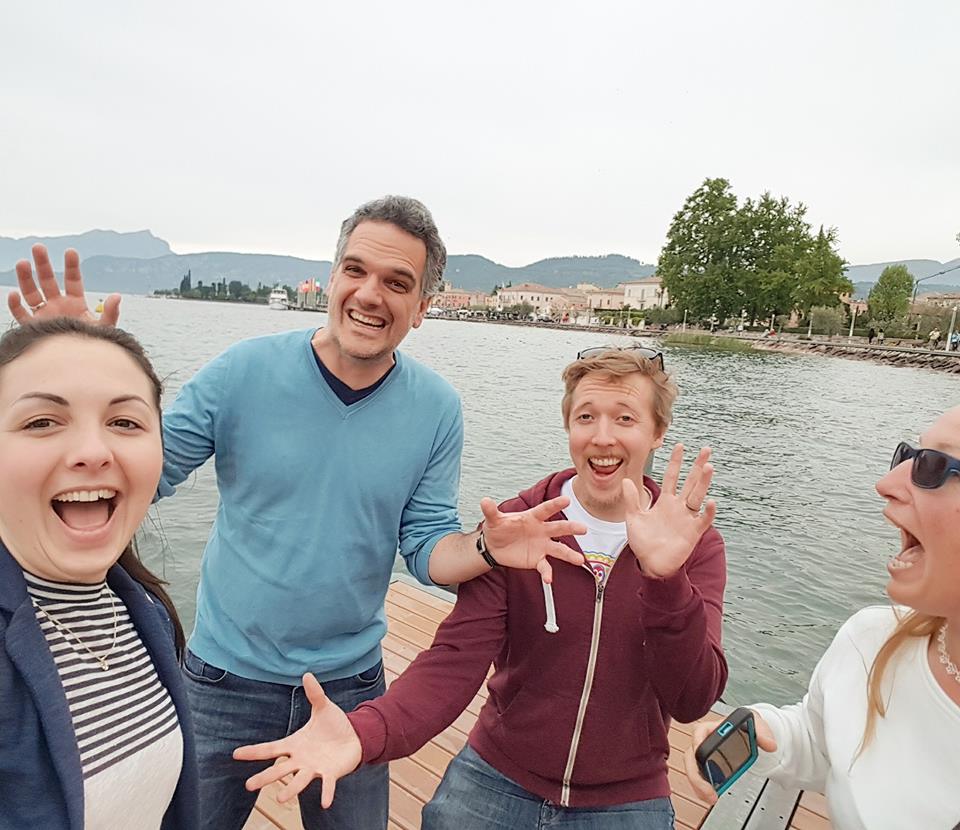Ellie's 1st paper is out -- published today in Current Biology
Spontaneous vicarious perception of the content of another’s visual perspective
Visual perspective taking (VPT) is a core process of social cognition, providing humans with insights into how the environment looks from another’s point of view [1-4]. While VPT is often described as a quasi-perceptual phenomenon [5,6], evidence for this proposal has been lacking. Here we provide direct evidence that another’s perspective can “stand in” for own sensory input perceptual decision-making. In a variant of the classic mental rotation task, participants judged whether characters presented in different orientations were canonical or mirror-inverted. In the absence of another person, we replicate the well-established positive linear relationship between recognition times and angle of orientation, such that recognition becomes slower the more an item has to be mentally rotated into its canonical orientation [18]. Importantly, this relationship was disrupted simply by placing another individual in the scene. Items rotated away from the participant were recognised more rapidly not only the closer they appeared in their canonical orientation to the participant but also to this other individual, showing that another’s visual perspective drives mental rotation and item recognition in a similar way as one’s own. The effects were large and replicated in the three independent studies. They were observed even when the other person was completely passive, enhanced for explicit instructions to perspective-take, but reduced when the persons in the scenes were replaced with objects. The content of another’s perspective is therefore spontaneously derived, takes a quasi-perceptual form, and can stand in for own sensory input during perceptual decision-making.
Ward, E., Ganis, G., Bach, P. (2019). Spontaneous Vicarious Perception of the Content of Another’s Visual Perspective. Current Biology. Publisher – PDF — Data
See below for a video of Ellie explaining the main findings. Or go here for a more in depth explanation of the study’s background and findings.


